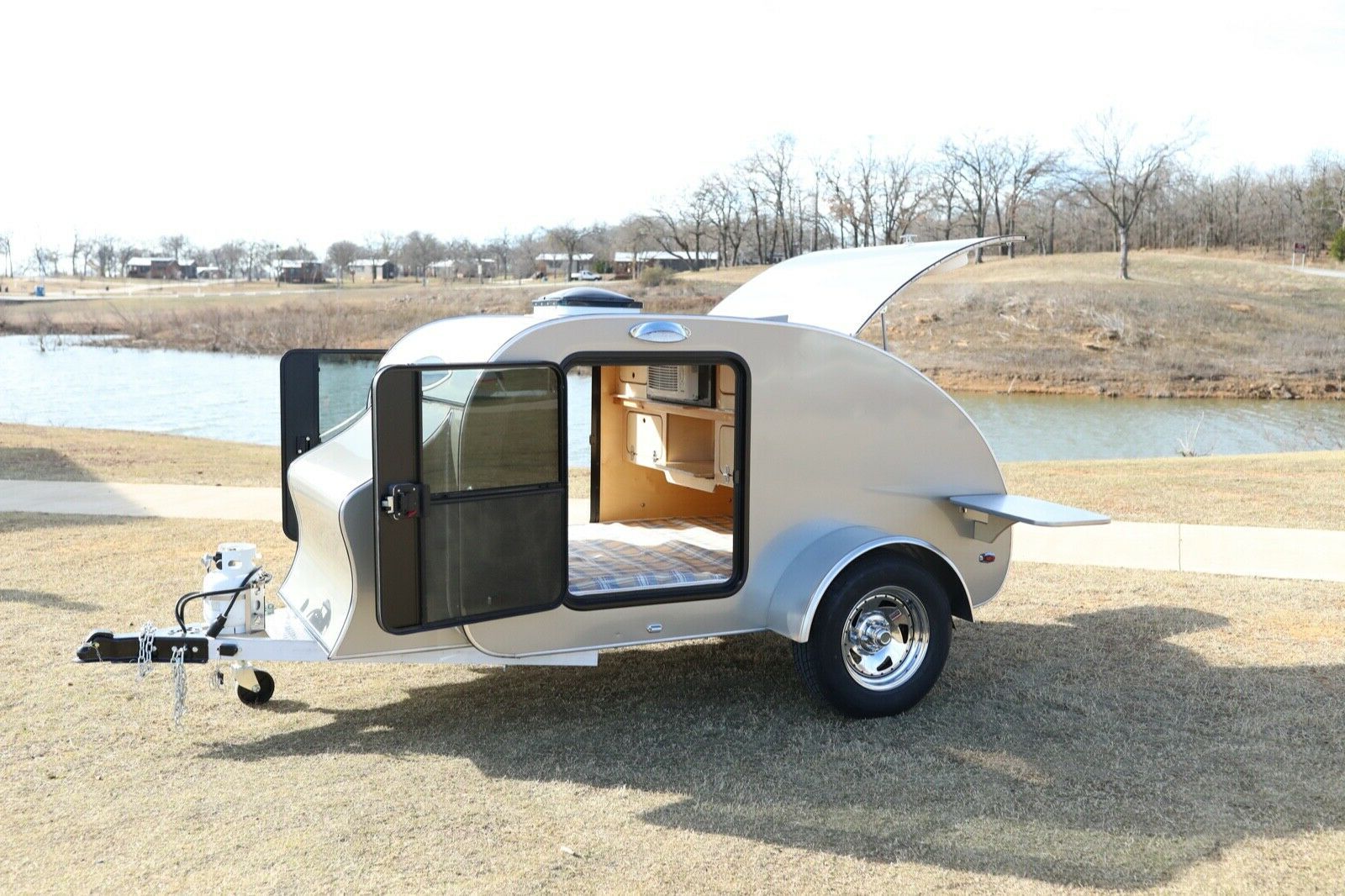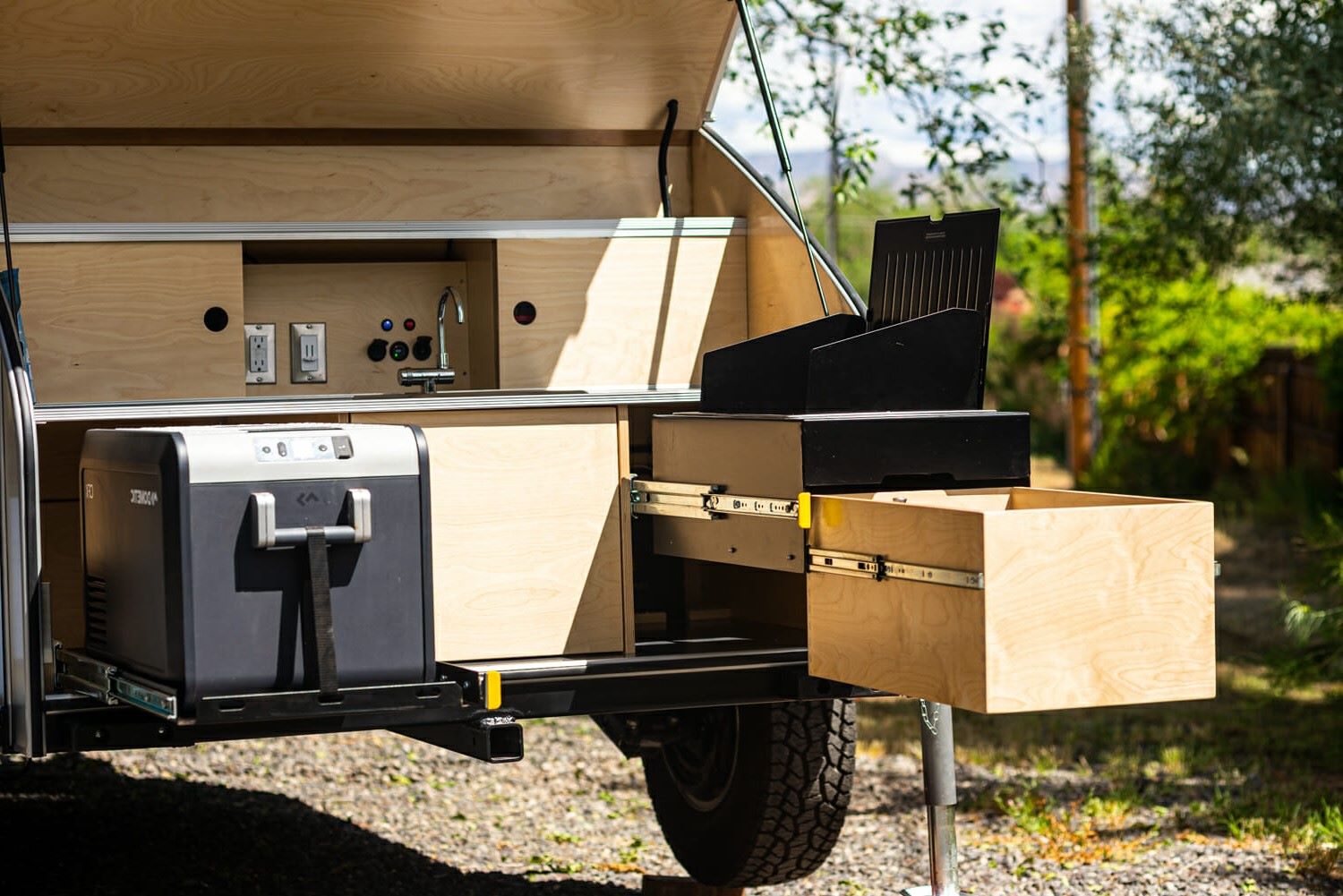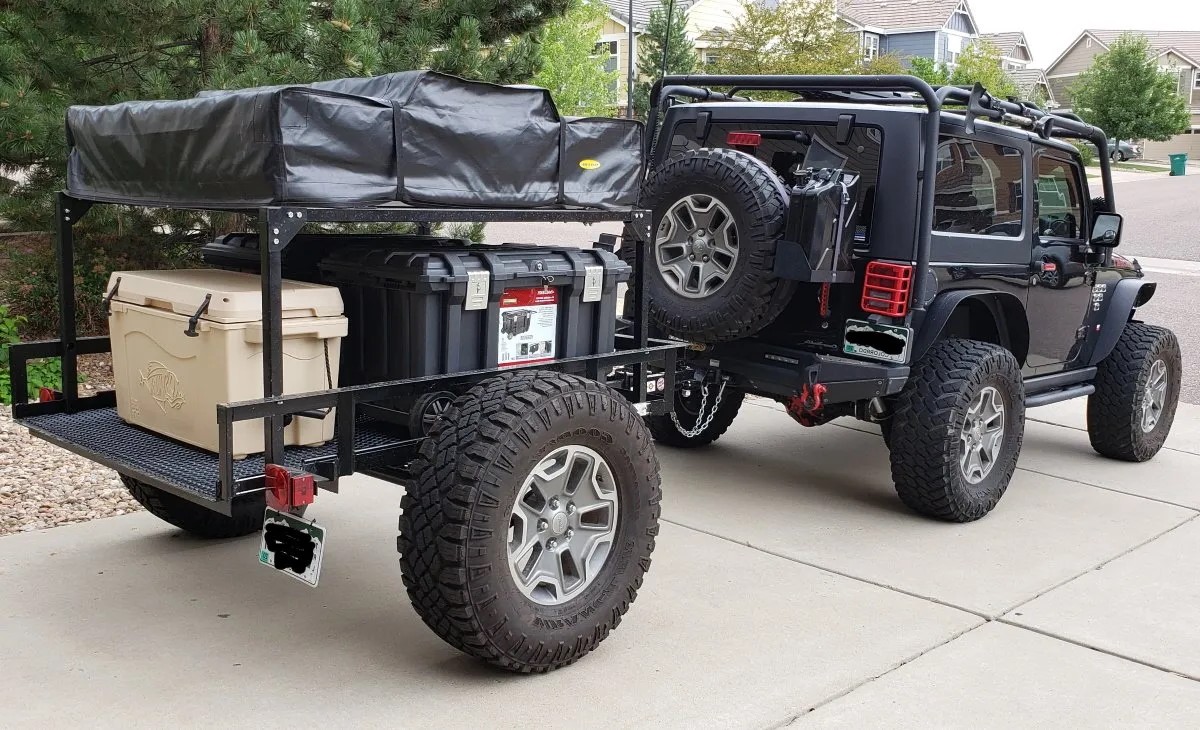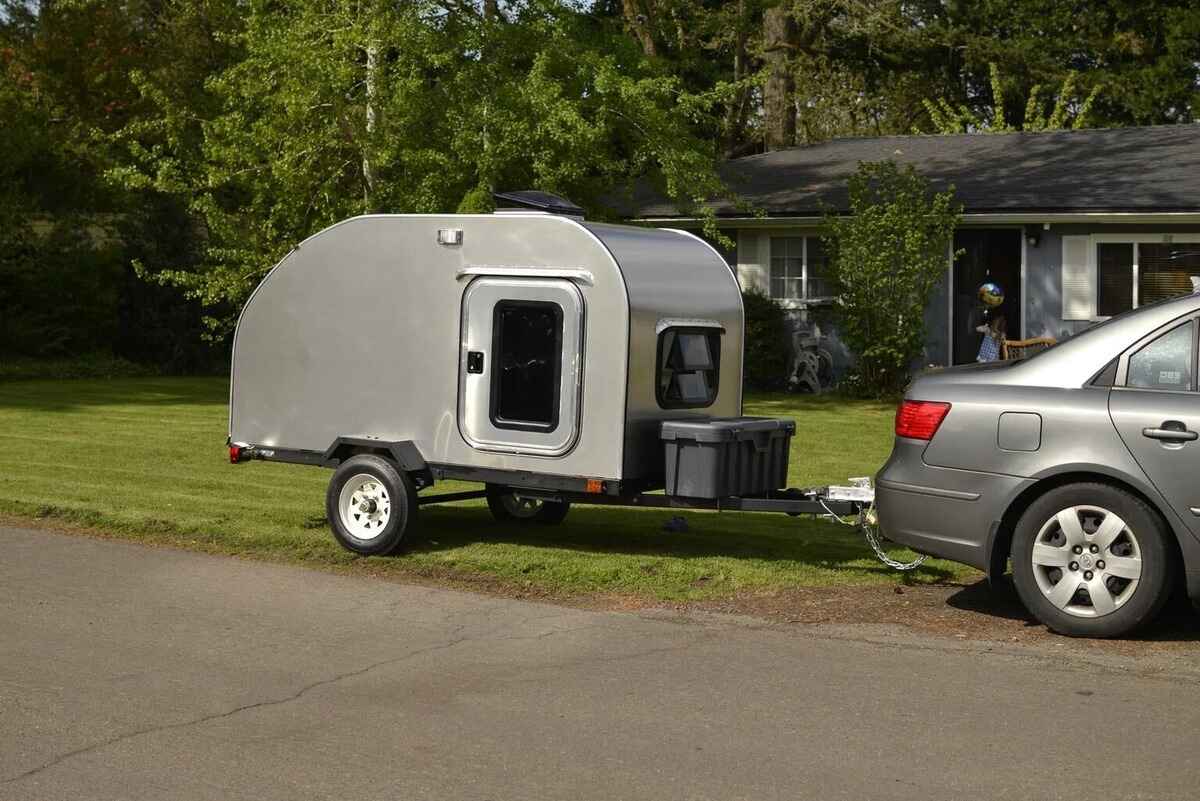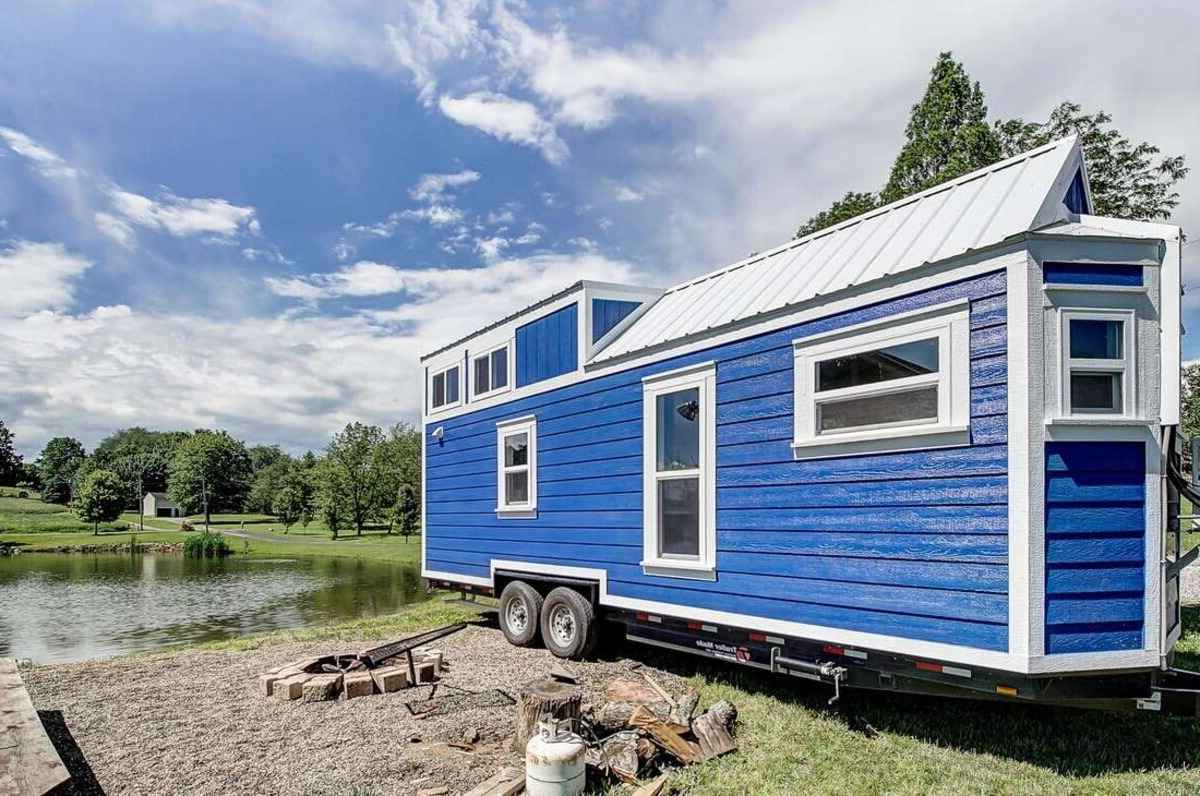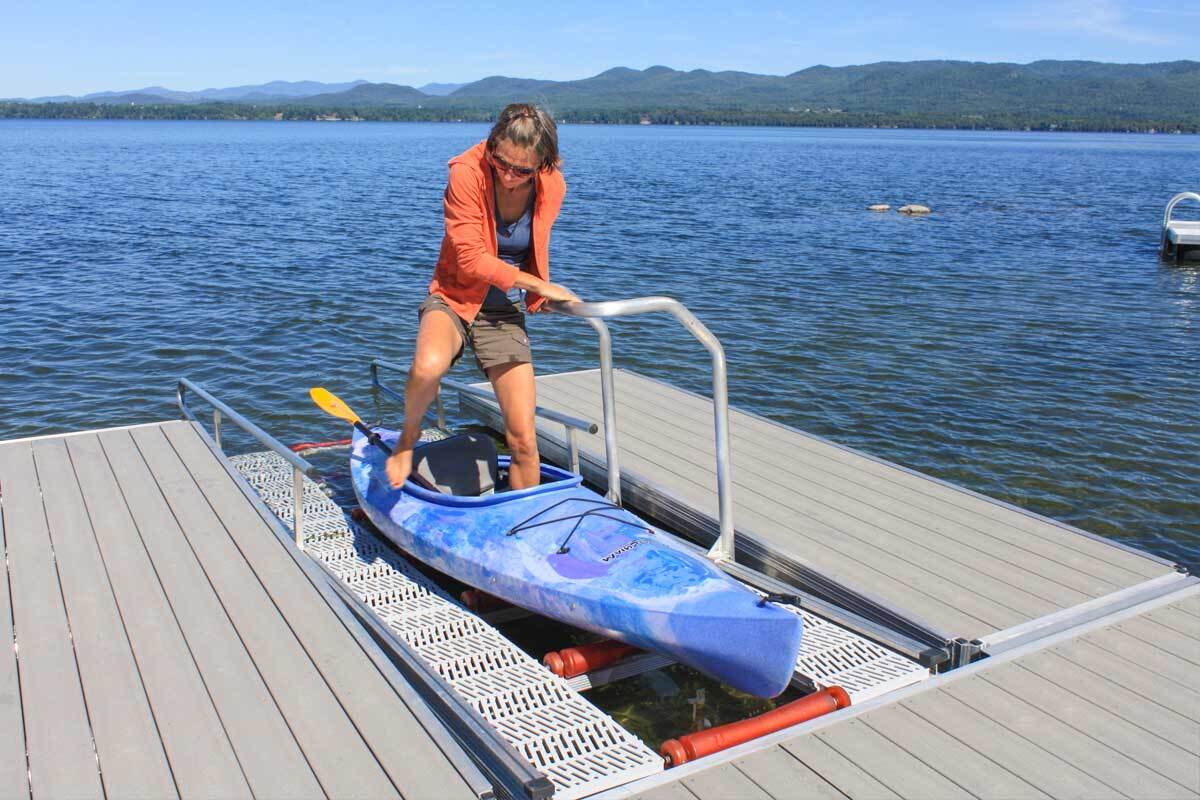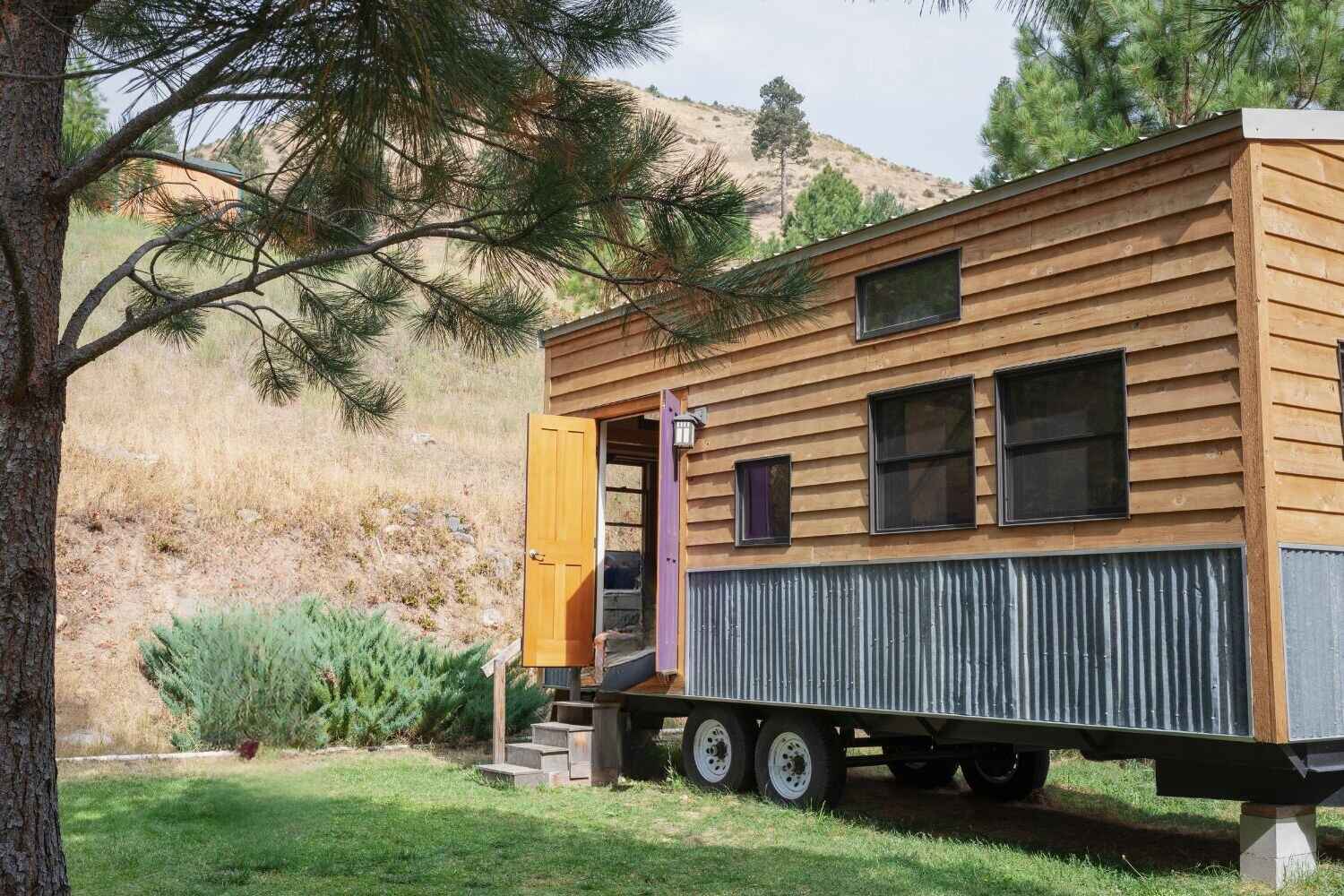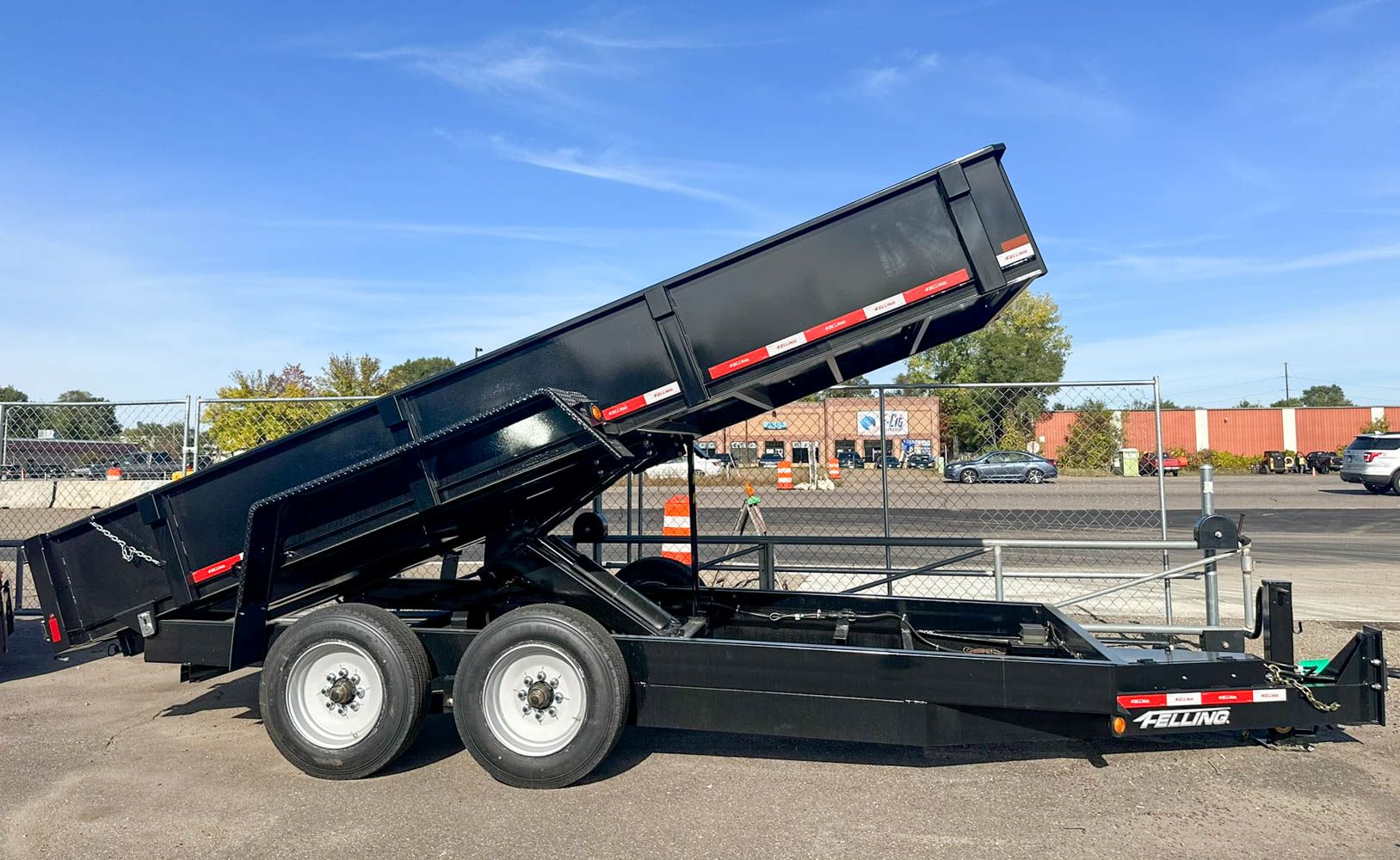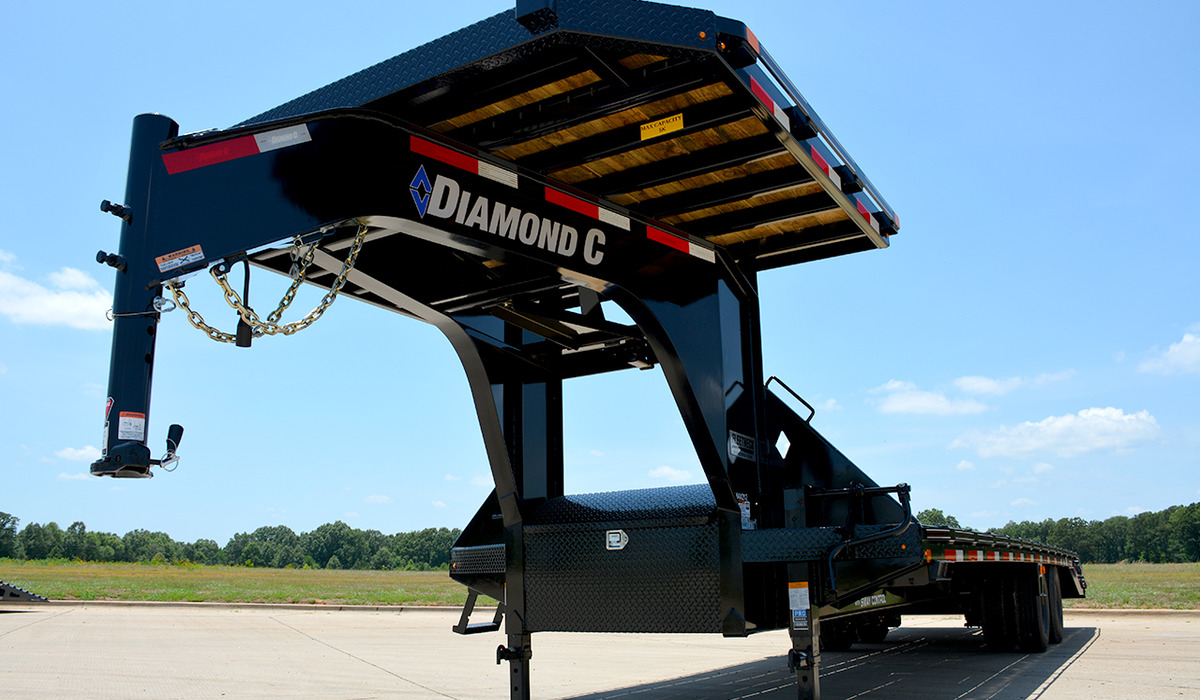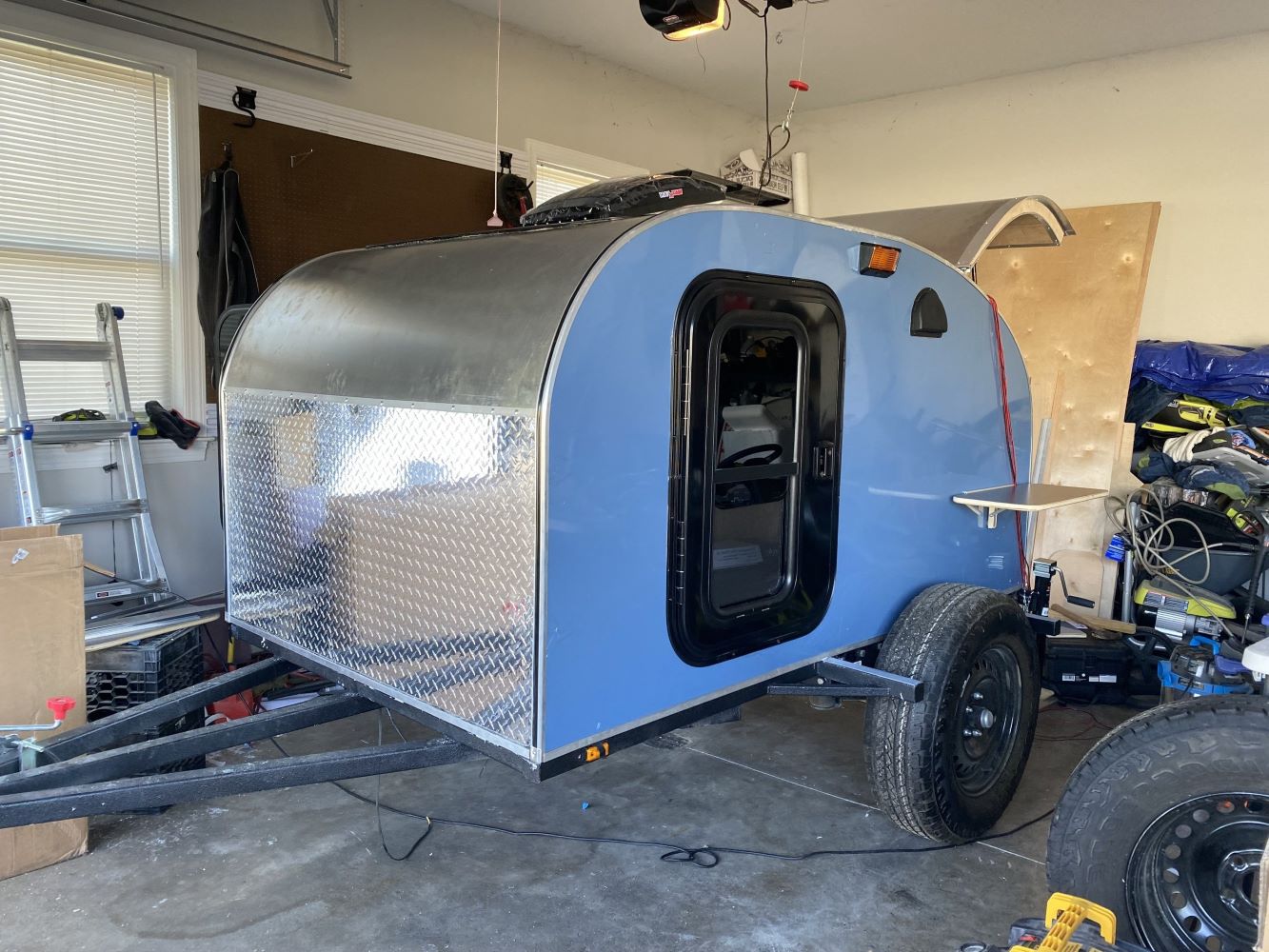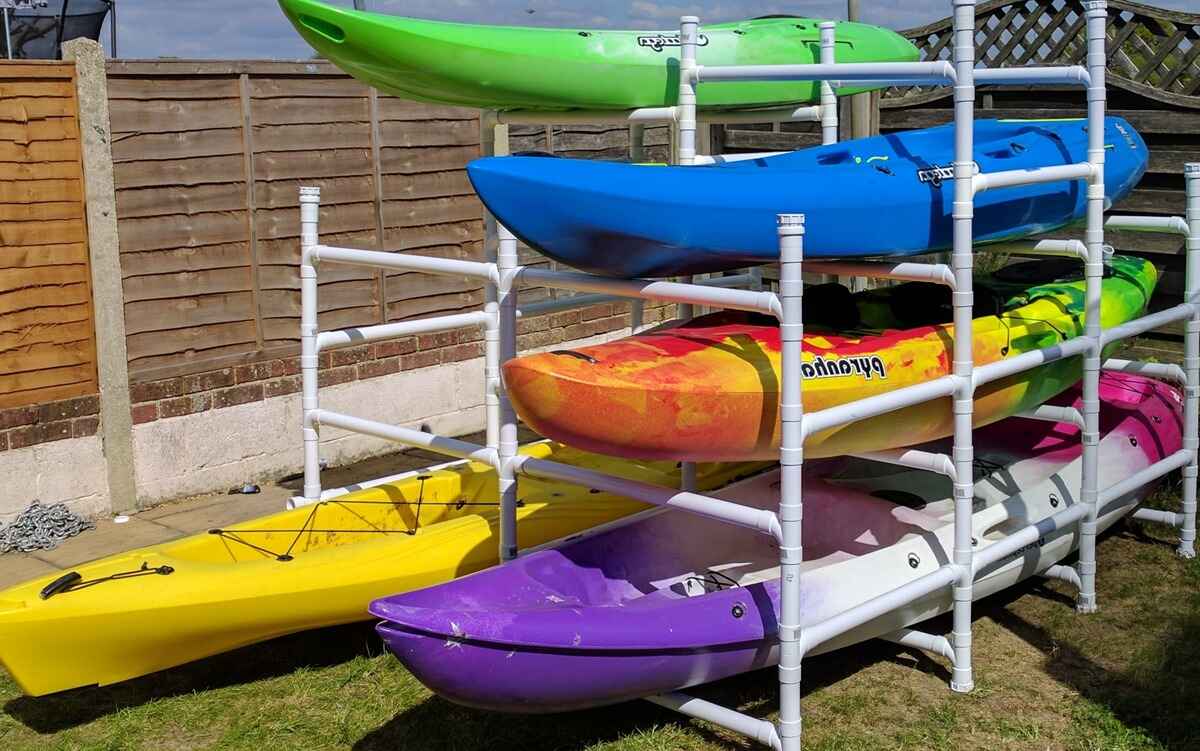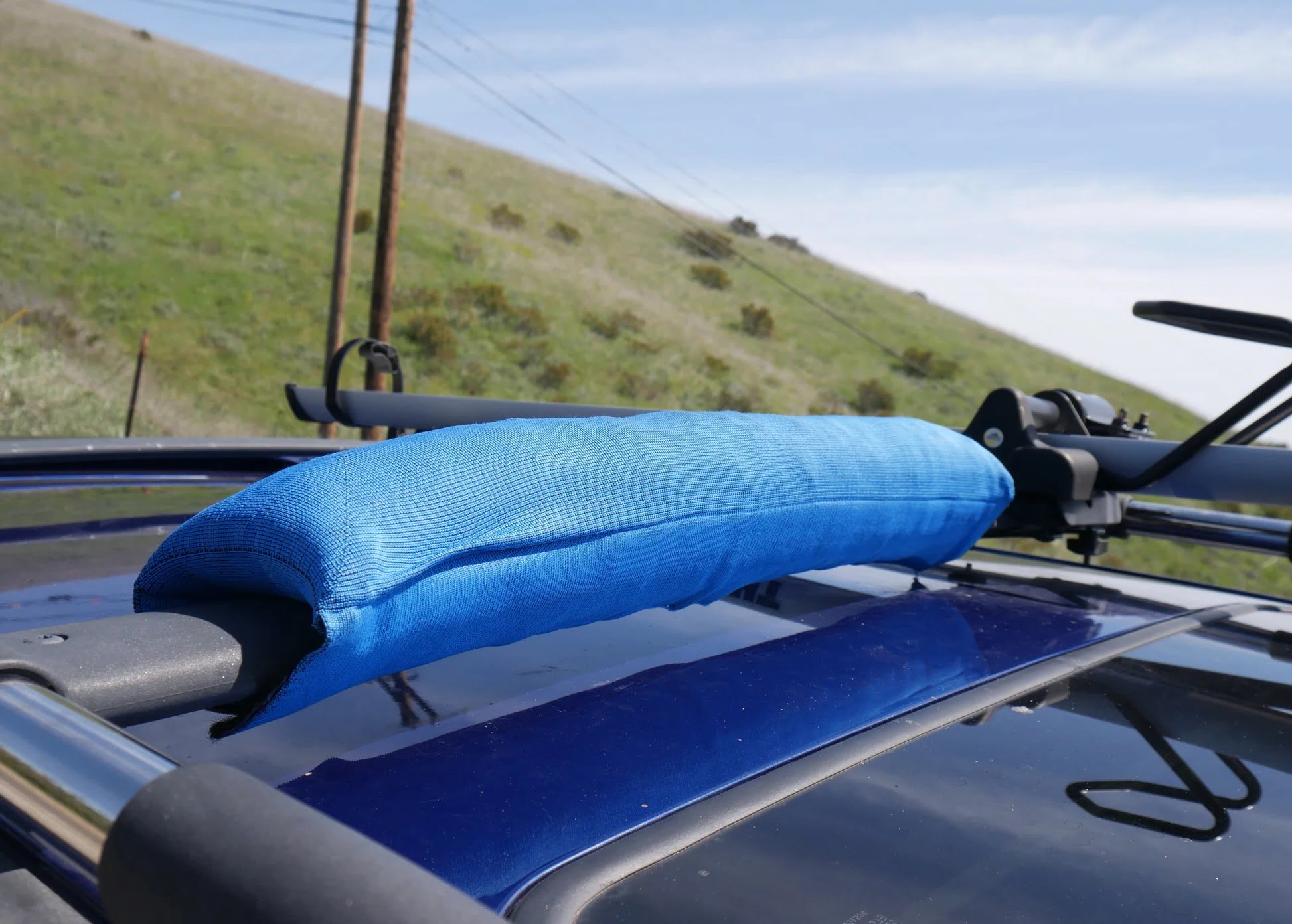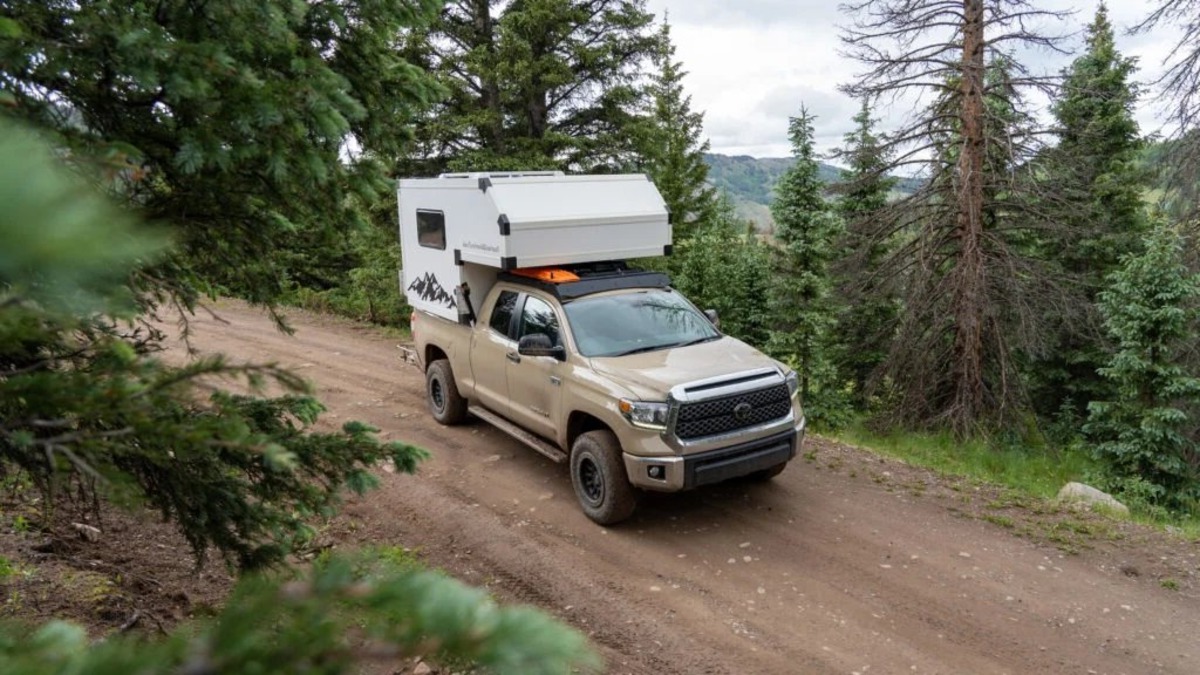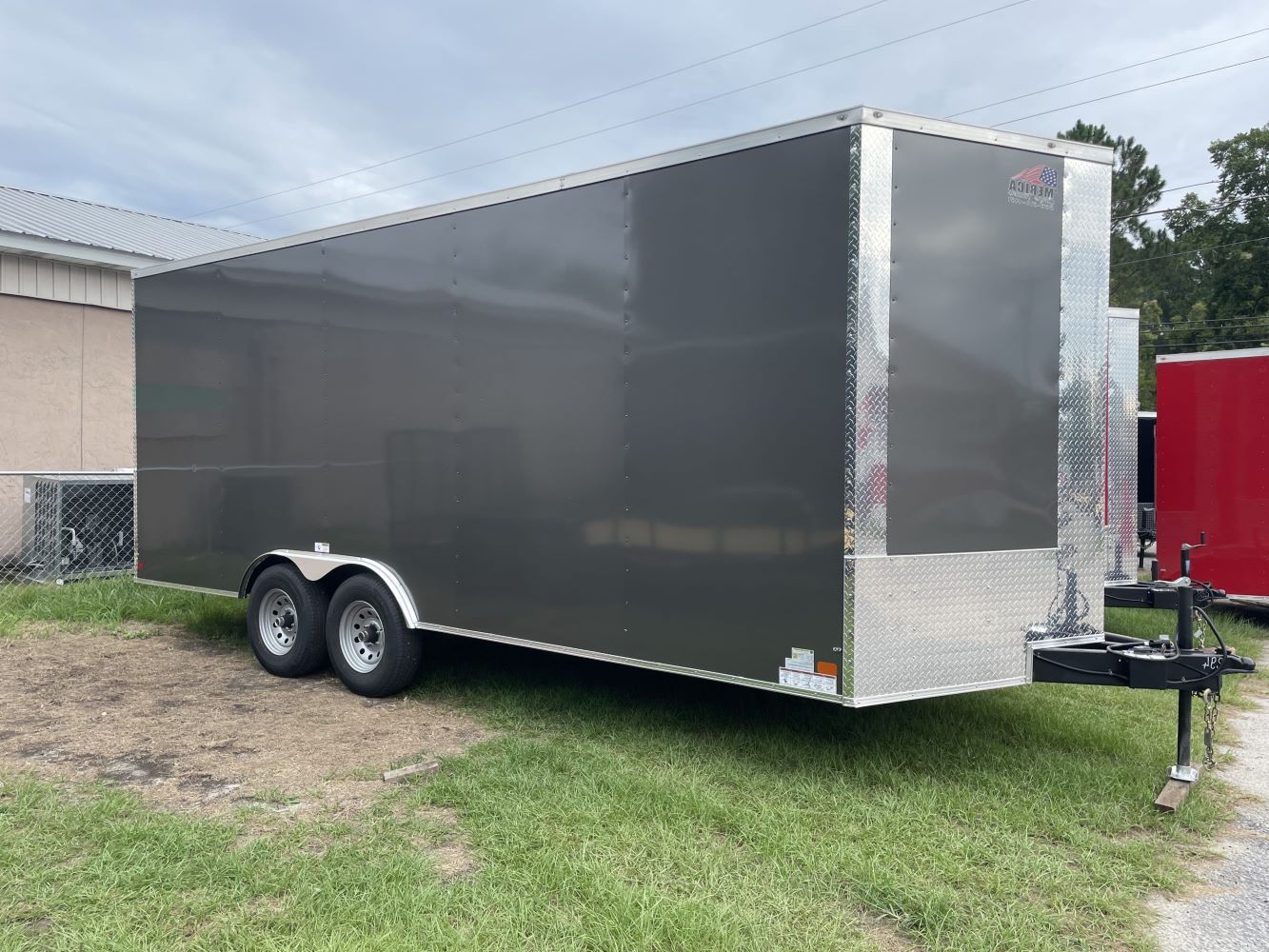Home>Create & Decorate>DIY & Crafts>DIY Kayak Trailer: How To Build Your Own
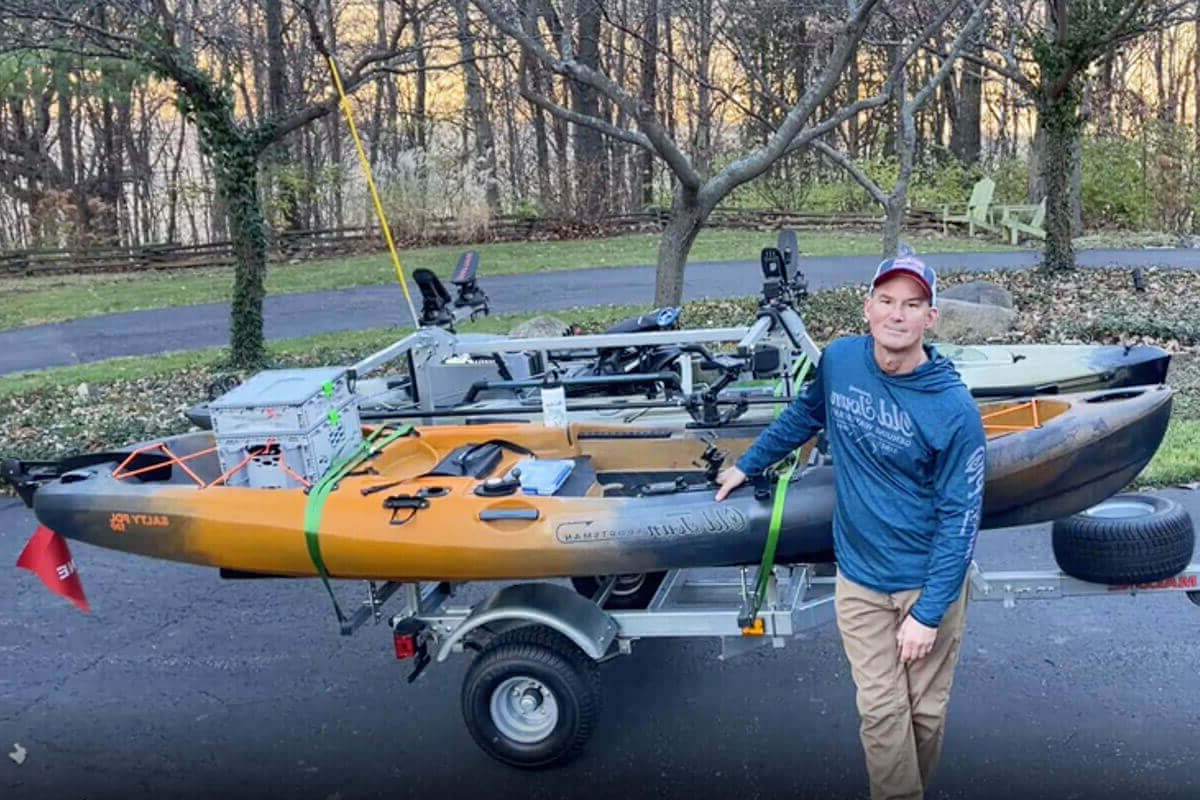

DIY & Crafts
DIY Kayak Trailer: How To Build Your Own
Published: June 1, 2024

Content Creator specializing in woodworking and interior transformations. Caegan's guides motivate readers to undertake their own projects, while his custom furniture adds a personal touch.
Learn how to build your own DIY kayak trailer with our step-by-step guide. Perfect for DIY & Crafts enthusiasts looking for a fun and practical project. Start building today!
(Many of the links in this article redirect to a specific reviewed product. Your purchase of these products through affiliate links helps to generate commission for Twigandthistle.com, at no extra cost. Learn more)
Introduction
Are you an avid kayaker looking for a convenient way to transport your kayak to the water? Building your own kayak trailer can be a rewarding and cost-effective solution. Not only will it save you money, but it also allows you to customize the trailer to fit your specific needs. In this guide, we will take you through the step-by-step process of building your own DIY kayak trailer, from designing the trailer to adding the finishing touches. So, roll up your sleeves and get ready to embark on this exciting DIY project!
Read more: How to Build a DIY Kayak Roof Rack
Materials Needed
To get started on your DIY kayak trailer project, you'll need the following materials and tools:
-
Trailer Frame: Look for a sturdy and lightweight trailer frame that can accommodate the size and weight of your kayak. You can either purchase a pre-made trailer frame or repurpose an old utility trailer.
-
Steel Tubing: This will be used to construct the frame for the kayak racks. Opt for durable steel tubing that can withstand the weight of the kayaks.
-
Plywood or Aluminum Sheets: You'll need these materials to create the kayak racks. Plywood is a budget-friendly option, while aluminum sheets offer durability and a sleek look.
-
Axle and Wheels: Invest in a high-quality axle and wheels that are suitable for the size and weight of your trailer. Consider getting wheels with off-road capabilities if you plan to venture onto rough terrain.
-
Kayak Rack Components: This includes J-cradles, foam padding, and tie-down straps to securely hold your kayaks in place during transportation.
-
Lights and Wiring Kit: Ensure your trailer is equipped with proper lighting for safety on the road. Purchase a lights and wiring kit that is compatible with your trailer frame.
-
Safety Equipment: Don't forget essential safety gear such as goggles, gloves, and ear protection when working with power tools.
-
Power Tools: You'll need tools such as a drill, saw, and wrenches to assemble the trailer components.
-
Measuring Tape and Marking Tools: Accurate measurements are crucial for building a functional kayak trailer, so have these tools on hand.
-
Paint and Primer: Once the trailer is assembled, you may want to paint it to protect it from rust and corrosion. Choose a paint that is suitable for outdoor use.
Gathering these materials and tools will set you on the right path to constructing your very own DIY kayak trailer. Now that you have everything you need, let's move on to the next step: designing the trailer.
Step 1: Designing the Trailer
Before diving into the construction process, it's crucial to have a clear plan for your DIY kayak trailer. Here's how to design the trailer:
-
Determine Trailer Size: Measure the length and width of your kayaks to determine the appropriate size for the trailer. Ensure that the trailer dimensions can accommodate your kayaks comfortably without overhang.
-
Layout the Kayak Racks: Sketch out the design for the kayak racks on the trailer frame. Consider the number of kayaks you intend to transport and allocate sufficient space between the racks for easy loading and unloading.
-
Select Materials: Choose the materials for the kayak racks based on your preferences and budget. Whether it's steel tubing, plywood, or aluminum sheets, ensure that the materials are durable and suitable for outdoor use.
-
Consider Weight Distribution: Keep in mind the weight distribution of the kayaks on the trailer to maintain balance and stability during transportation. Position the kayak racks to evenly distribute the weight across the trailer.
-
Incorporate Safety Features: Plan for the installation of safety features such as reflectors and brake lights to enhance visibility and ensure road safety.
By carefully designing the trailer, you'll have a solid foundation for the construction phase. With the design in place, you can proceed to gather the necessary materials and tools for the next step in building your DIY kayak trailer.
Step 2: Gathering the Materials
To get started on your DIY kayak trailer project, you'll need to gather the following materials and tools:
-
Trailer Frame: Look for a sturdy and lightweight trailer frame that can accommodate the size and weight of your kayak. You can either purchase a pre-made trailer frame or repurpose an old utility trailer.
-
Steel Tubing: This will be used to construct the frame for the kayak racks. Opt for durable steel tubing that can withstand the weight of the kayaks.
-
Plywood or Aluminum Sheets: You'll need these materials to create the kayak racks. Plywood is a budget-friendly option, while aluminum sheets offer durability and a sleek look.
-
Axle and Wheels: Invest in a high-quality axle and wheels that are suitable for the size and weight of your trailer. Consider getting wheels with off-road capabilities if you plan to venture onto rough terrain.
-
Kayak Rack Components: This includes J-cradles, foam padding, and tie-down straps to securely hold your kayaks in place during transportation.
-
Lights and Wiring Kit: Ensure your trailer is equipped with proper lighting for safety on the road. Purchase a lights and wiring kit that is compatible with your trailer frame.
-
Safety Equipment: Don't forget essential safety gear such as goggles, gloves, and ear protection when working with power tools.
-
Power Tools: You'll need tools such as a drill, saw, and wrenches to assemble the trailer components.
-
Measuring Tape and Marking Tools: Accurate measurements are crucial for building a functional kayak trailer, so have these tools on hand.
-
Paint and Primer: Once the trailer is assembled, you may want to paint it to protect it from rust and corrosion. Choose a paint that is suitable for outdoor use.
Gathering these materials and tools will set you on the right path to constructing your very own DIY kayak trailer. Now that you have everything you need, let's move on to the next step: designing the trailer.
Step 3: Building the Frame
Building the frame is a critical step in constructing your DIY kayak trailer. The frame provides the structure and support for the kayak racks and ensures the trailer's stability during transportation. Here's a detailed guide on how to build the frame for your kayak trailer:
-
Prepare the Trailer Frame: If you are using a pre-made trailer frame, ensure it is clean and free from any rust or damage. If you are repurposing an old utility trailer, inspect it thoroughly and make any necessary repairs before proceeding.
-
Measure and Cut Steel Tubing: Using a measuring tape and marking tools, measure and cut the steel tubing to the desired lengths for the kayak rack frame. Ensure precision in your measurements to guarantee a snug fit and proper alignment.
-
Welding the Frame: If you have welding skills and equipment, carefully weld the steel tubing to form the frame for the kayak racks. Take necessary safety precautions when welding, such as wearing protective gear and working in a well-ventilated area.
-
Assembling the Frame: If welding is not an option, consider using metal brackets and bolts to assemble the frame. Secure the steel tubing together using the brackets and bolts, ensuring that the joints are sturdy and stable.
-
Attach the Frame to the Trailer: Once the kayak rack frame is constructed, securely attach it to the trailer frame using appropriate fasteners. Double-check the alignment and stability of the frame to ensure it is securely mounted to the trailer.
By following these steps, you can successfully build the frame for your DIY kayak trailer. The frame serves as the foundation for the kayak racks and plays a crucial role in ensuring the safety and stability of your kayaks during transportation. With the frame in place, you are ready to move on to the next phase of building your DIY kayak trailer.
Read more: How To Build A Trailer
Step 4: Adding the Wheels and Axle
Adding the wheels and axle is a pivotal step in the construction of your DIY kayak trailer. This step ensures that your trailer is mobile and capable of safely transporting your kayaks. Here's a detailed guide on how to add the wheels and axle to your kayak trailer:
-
Select the Right Axle: Choose an axle that matches the weight capacity and width of your trailer frame. Ensure that the axle is compatible with the wheels you plan to install.
-
Positioning the Axle: Carefully position the axle under the trailer frame, ensuring that it is centered and aligned with the frame. Use a measuring tape to verify that the axle is positioned symmetrically.
-
Secure the Axle: Once the axle is properly positioned, secure it to the trailer frame using axle mounting brackets and U-bolts. Tighten the U-bolts to ensure that the axle is firmly attached to the frame.
-
Install the Wheels: Attach the wheels to the axle hubs according to the manufacturer's instructions. Ensure that the wheels are securely fastened and aligned properly to prevent wobbling during transportation.
-
Check Wheel Alignment: Verify that the wheels are aligned and level to guarantee smooth and stable towing. Adjust the wheel alignment if necessary to ensure even weight distribution.
-
Test for Smooth Rotation: Rotate the wheels to ensure that they move freely without any resistance. This step ensures that the wheels are properly installed and can roll smoothly when the trailer is in motion.
By following these steps, you can successfully add the wheels and axle to your DIY kayak trailer. This phase is crucial in making your trailer roadworthy and ready for the next stage of customization. With the wheels and axle in place, you are one step closer to completing your DIY kayak trailer project.
Step 5: Attaching the Kayak Racks
Attaching the kayak racks is a pivotal step in the construction of your DIY kayak trailer. The kayak racks provide the necessary support and security for transporting your kayaks. Here's a detailed guide on how to attach the kayak racks to your trailer:
-
Positioning the Kayak Racks: Determine the ideal placement for the kayak racks on the frame, ensuring that there is sufficient space between the racks to accommodate the size and number of kayaks you intend to transport. Consider the weight distribution of the kayaks to maintain balance and stability.
-
Cutting and Assembling the Rack Components: If you are using steel tubing, measure and cut the tubing to the required lengths for the kayak racks. Weld the tubing together to form the rack structure. If you opt for plywood or aluminum sheets, cut them to the appropriate dimensions and assemble them to create the kayak racks.
-
Securing the Kayak Racks to the Frame: Once the kayak racks are constructed, securely attach them to the frame using metal brackets, bolts, or welding, depending on the materials used. Ensure that the racks are firmly mounted to the frame to withstand the weight of the kayaks during transportation.
-
Adding Padding and Tie-Down Straps: Line the kayak racks with foam padding to protect the kayaks from scratches and damage during transit. Install tie-down straps or bungee cords to secure the kayaks to the racks, ensuring they are tightly fastened for safe transport.
-
Testing the Stability: After attaching the kayak racks, perform a stability test to ensure that the racks can support the weight of the kayaks without shifting or wobbling. Make any necessary adjustments to the rack attachments to enhance stability.
By following these steps, you can successfully attach the kayak racks to your DIY kayak trailer. The kayak racks play a crucial role in securely holding your kayaks in place during transportation, ensuring a safe and hassle-free journey to your favorite paddling destinations. With the kayak racks in place, your DIY kayak trailer is nearing completion, bringing you one step closer to enjoying your next kayaking adventure.
Step 6: Adding Lights and Safety Features
Adding lights and safety features to your DIY kayak trailer is essential to ensure visibility and road safety during transportation. Here's a detailed guide on how to add lights and safety features to your kayak trailer:
-
Selecting Lighting Components: Choose high-quality LED lights that are suitable for outdoor use. Opt for tail lights, brake lights, and turn signals that comply with road safety regulations. Additionally, consider adding reflective tape to enhance visibility, especially when traveling at night.
-
Wiring the Lights: Install the lights and wiring kit onto the trailer frame, following the manufacturer's instructions. Secure the wiring harness along the trailer frame to prevent it from dangling or getting caught on obstacles. Use waterproof connectors to protect the electrical connections from moisture and corrosion.
-
Connecting to the Vehicle: Ensure that the trailer lights are compatible with your vehicle's electrical system. Connect the trailer lights to your vehicle using a wiring harness and test the functionality of the lights to verify proper operation.
-
Adding Reflectors: Attach reflective markers or reflectors to the rear and sides of the trailer to increase visibility, especially in low-light conditions. Reflectors serve as an additional safety measure to alert other motorists of your presence on the road.
-
Installing Safety Flags: For added visibility, consider mounting bright-colored safety flags on the rear of the trailer. Safety flags make the trailer more noticeable to other drivers, particularly when traveling on highways or busy roads.
-
Securing Loose Ends: After installing the lights and safety features, secure any loose wiring or components to prevent them from becoming hazards while the trailer is in motion. Double-check all connections and fastenings to ensure they are secure and free from potential damage.
By following these steps, you can effectively add lights and safety features to your DIY kayak trailer, enhancing its visibility and ensuring a safe and secure journey to your kayaking destinations. With the lights and safety features in place, your DIY kayak trailer is now fully equipped and ready for the road.
Conclusion
Congratulations! You've successfully completed the construction of your very own DIY kayak trailer. By following the step-by-step guide outlined in this article, you've designed, built, and customized a functional and cost-effective solution for transporting your kayaks to your favorite waterways. Your DIY kayak trailer is not only tailored to your specific needs but also reflects your craftsmanship and ingenuity.
As you prepare to embark on your next kayaking adventure, take pride in the fact that you've created a practical and reliable means of transporting your kayaks, all while saving on costs and enjoying the satisfaction of a hands-on DIY project. Whether you're heading to serene lakes, meandering rivers, or coastal shores, your DIY kayak trailer will be your trusted companion, ensuring that your kayaks arrive safely and securely.
Now, load up your kayaks, hitch your DIY kayak trailer to your vehicle, and set off on new paddling escapades with the confidence that comes from knowing you've built a personalized solution that perfectly suits your kayaking lifestyle. Enjoy the freedom and flexibility that your DIY kayak trailer provides, and may it accompany you on countless memorable journeys on the water. Happy kayaking!

